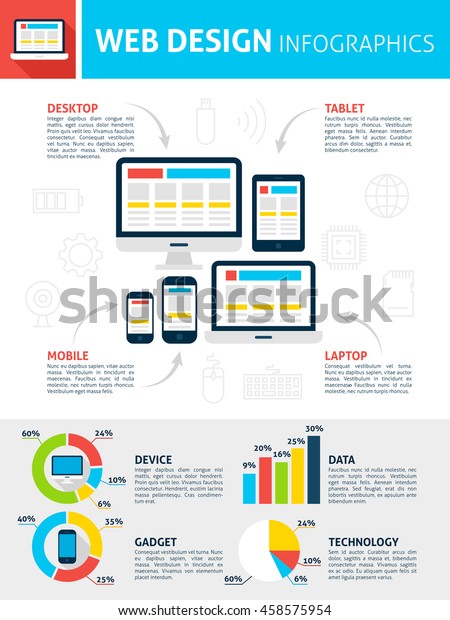The Advancement Of Website Design: After That And Currently
The Advancement Of Website Design: After That And Currently
Blog Article
Staff Writer-Hartley Stender
In the past, web sites were easy and concentrated on details. Navigating was direct, and layout was for desktop computers. Currently, customer experience is crucial. Data guides layouts for simple navigation. Responsive layouts fit different devices. Today, dark setting minimizes pressure, and minimal food selections improve navigating. Interactive attributes involve individuals, and vibrant visuals stick out. AI assimilation increases engagement. See how layout has actually evolved to boost your on the internet trip.
Very Early Days of Web Design
In the very early days of website design, simpleness reigned supreme. Sites were basic, with limited colors, font styles, and layouts. The emphasis was on supplying details instead of flashy visuals. Individuals accessed the net via slow dial-up links, so speed and capability were vital.
Navigating food selections were straightforward, usually located at the top or side of the page. RLE Surgery SEO were made for home computer, as mobile browsing had not been yet widespread. Content was king, and designers focused on very easy readability over intricate layout aspects.
HTML was the key coding language made use of, and designers needed to work within its restrictions. Computer animations and interactive functions were marginal contrasted to today's criteria. Web sites were static, with little dynamic material or tailored customer experiences.
Rise of User-Focused Style
With the advancement of web site design, a change in the direction of user-focused design concepts has come to be progressively prominent. Today, producing websites that focus on individual experience is vital for involving site visitors and attaining organization objectives. simply click the following page -focused layout involves comprehending the needs, choices, and behaviors of your target audience to tailor the internet site's format, material, and includes appropriately.
Designers currently perform comprehensive study, such as individual surveys and usability screening, to gather insights and responses directly from individuals. This data-driven approach helps in producing instinctive navigation, clear calls-to-action, and visually attractive user interfaces that reverberate with visitors. By positioning the customer at the center of the design procedure, web sites can provide an extra tailored and satisfying experience.
Responsive style has likewise become a key element of user-focused design, making sure that web sites are enhanced for various devices and display dimensions. This adaptability boosts access and use, accommodating the varied ways users interact with web sites today. In essence, the surge of user-focused style represents a change towards creating digital experiences that prioritize the requirements and expectations of the end user.
Modern Trends in Website Design
Check out the most recent fads forming website design today. One prominent fad is dark mode design, using a streamlined and modern-day look while lowering eye strain in low-light settings. One more essential fad is minimalist navigation, streamlining menus and improving individual experience by focusing on essential elements. Incorporating micro-interactions, such as computer animated switches or scrolling effects, can produce a much more appealing and interactive internet site. Responsive design continues to be crucial, making sure seamless individual experiences across different gadgets. Additionally, making use of vibrant typography and asymmetrical layouts can add visual interest and accentuate particular content.
Incorporating AI modern technology, like chatbots for customer support or individualized recommendations, improves customer involvement and simplifies processes. Accessibility has also come to be a considerable trend, with designers prioritizing inclusive style techniques to deal with diverse individual requirements. Embracing sustainability by enhancing web site efficiency for speed and effectiveness is one more emerging trend in web design. Teaming up with individual comments and information analytics to repeat and improve layout continually is vital for staying relevant in the ever-evolving digital landscape. By embracing these contemporary patterns, you can develop an aesthetically enticing, user-friendly web site that reverberates with your audience.
Verdict
As you reflect on the advancement of internet site style from the early days to now, you can see how user-focused style has actually become the driving pressure behind modern-day patterns.
Welcome the journey of change and adaptation in website design, constantly maintaining the user experience at the leading edge.
Keep present with the most recent patterns and innovations, and never stop evolving your method to produce aesthetically spectacular and easy to use sites.
Evolve, adapt, and create - the future of web design remains in your hands.
